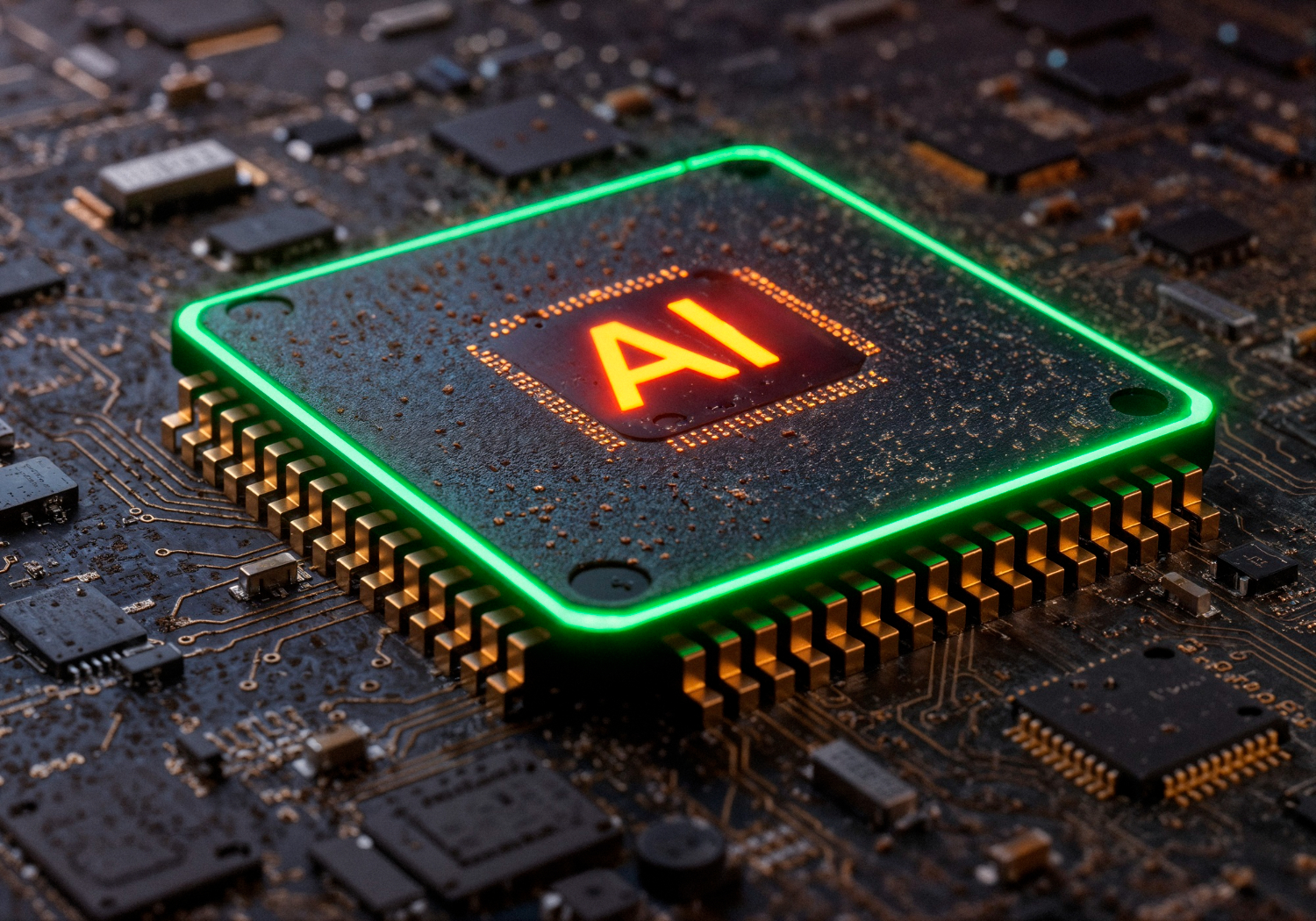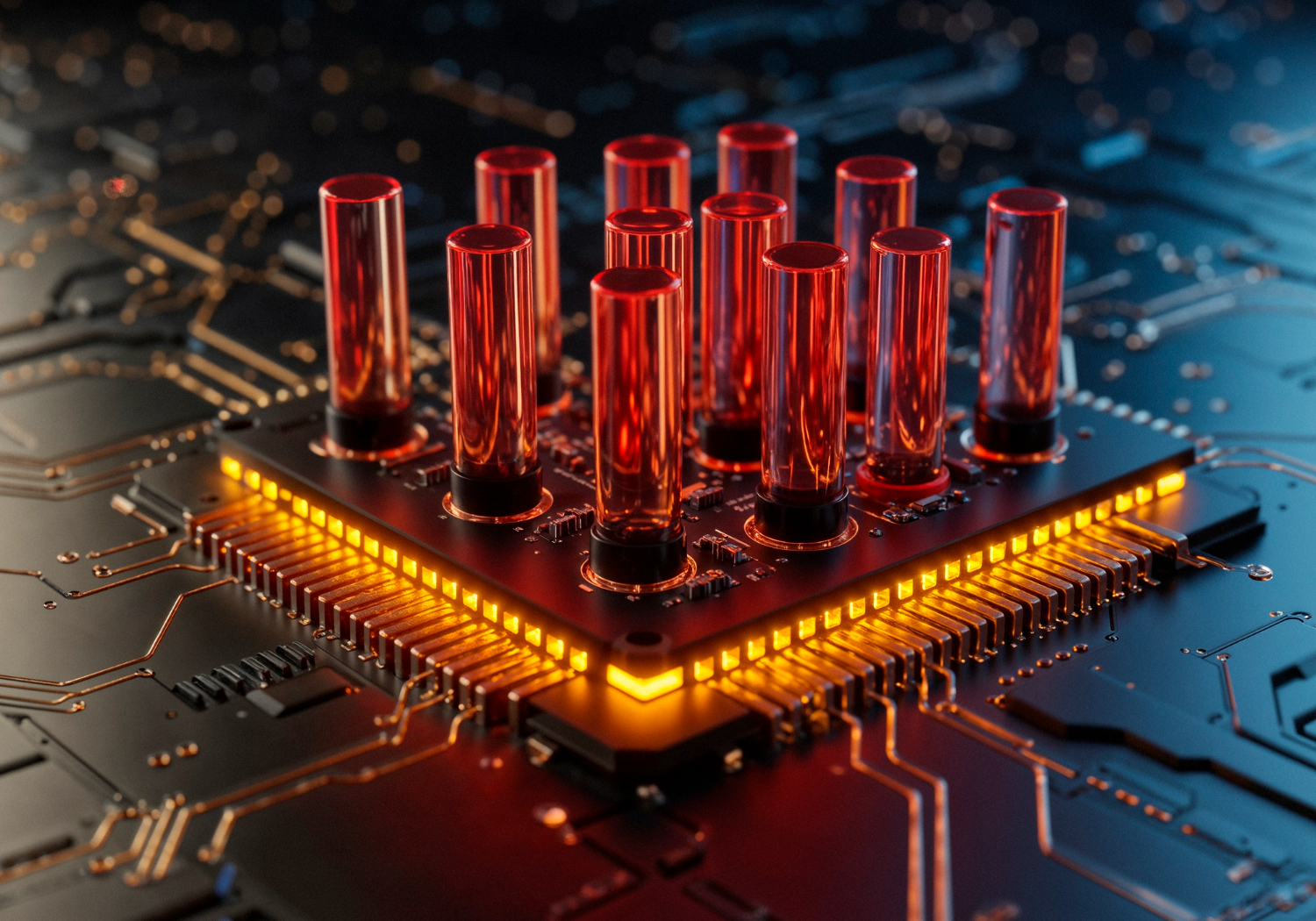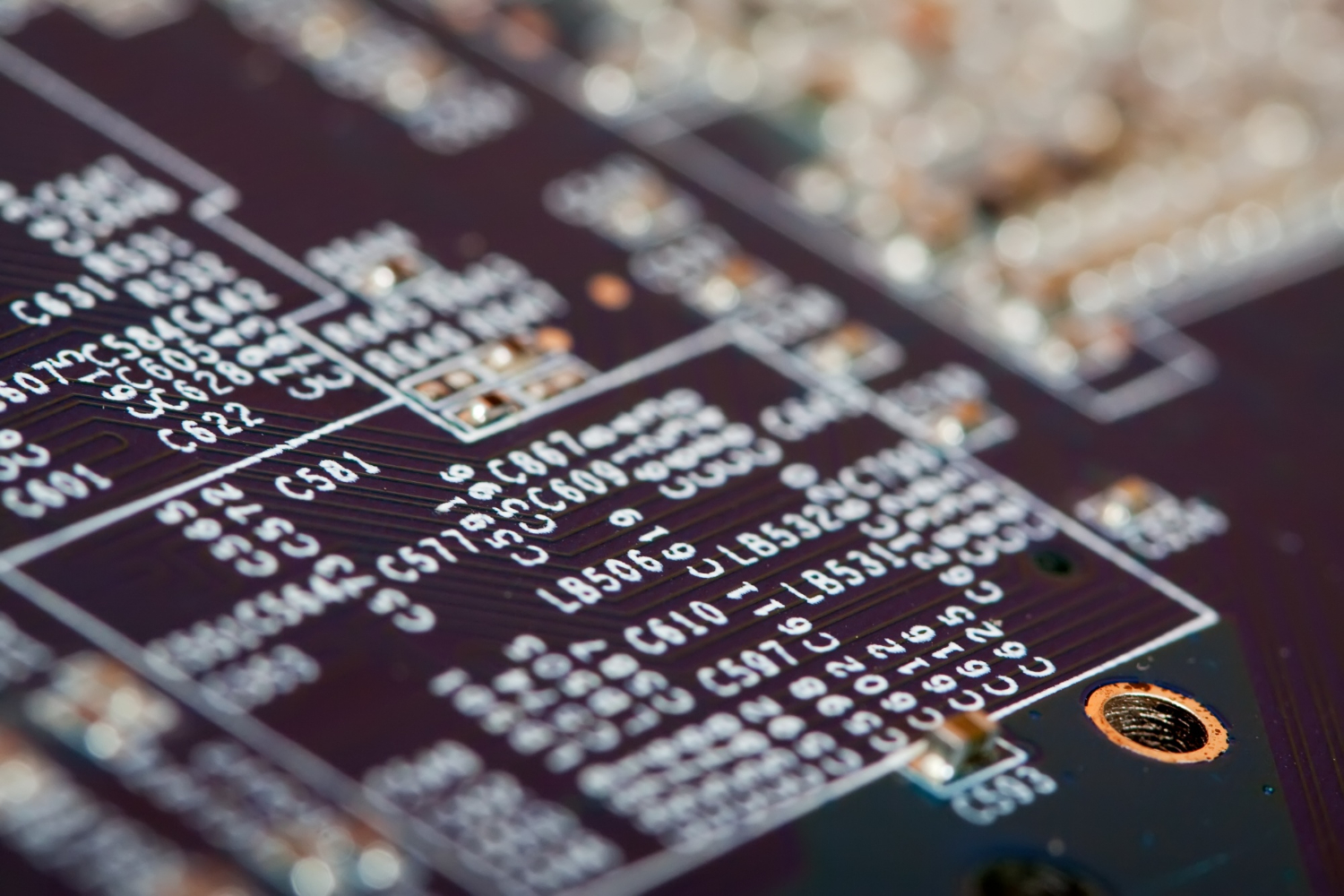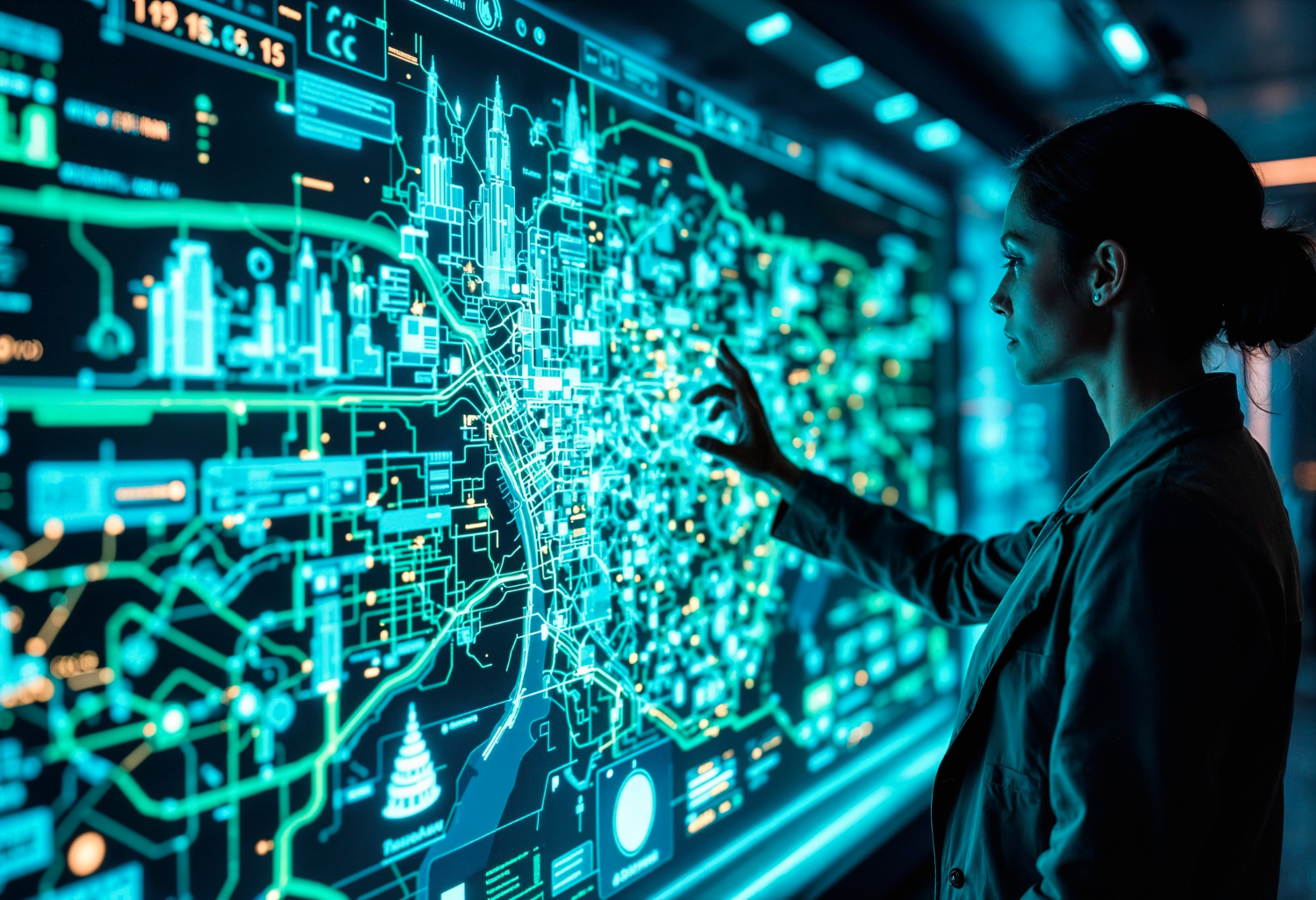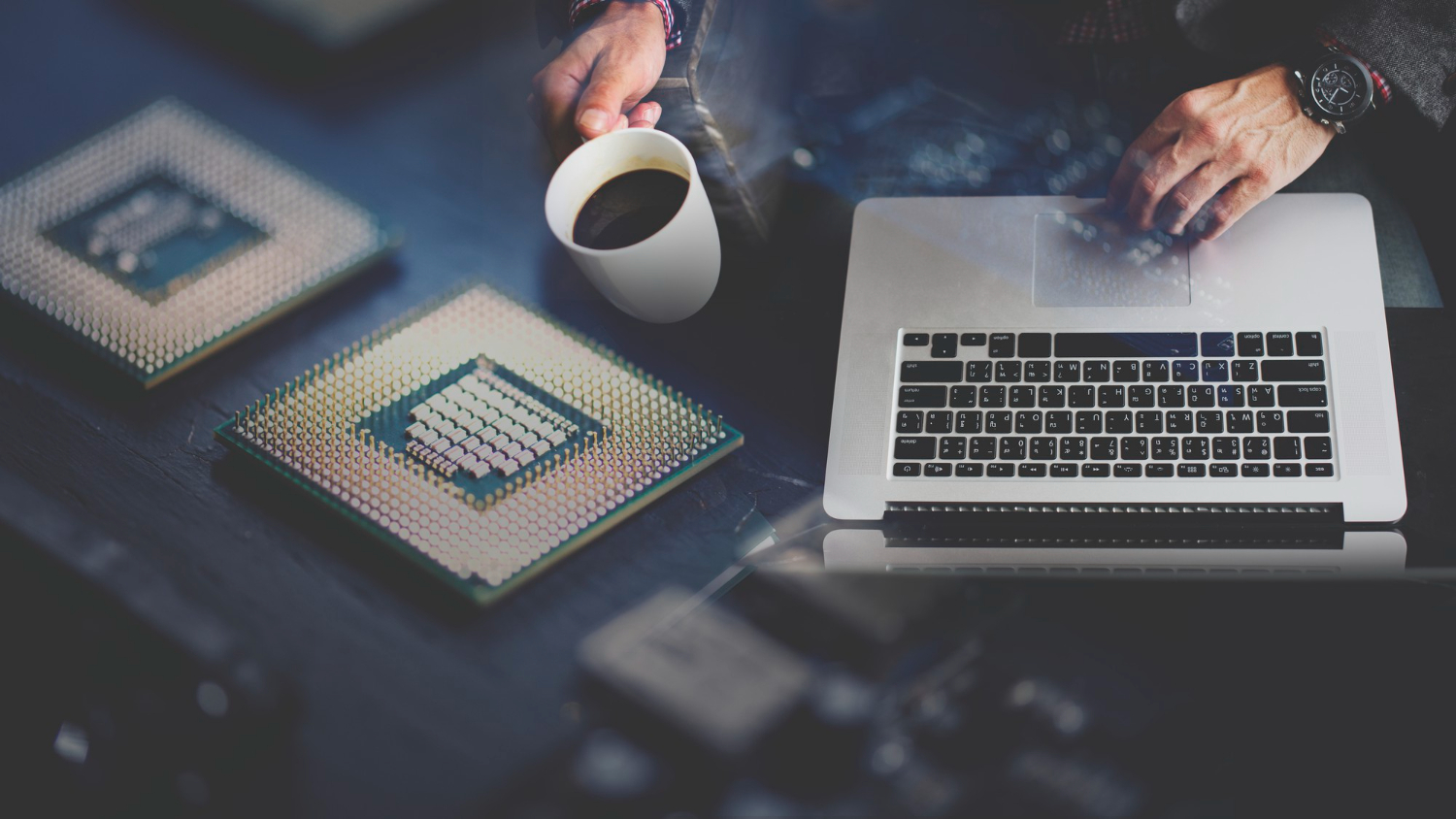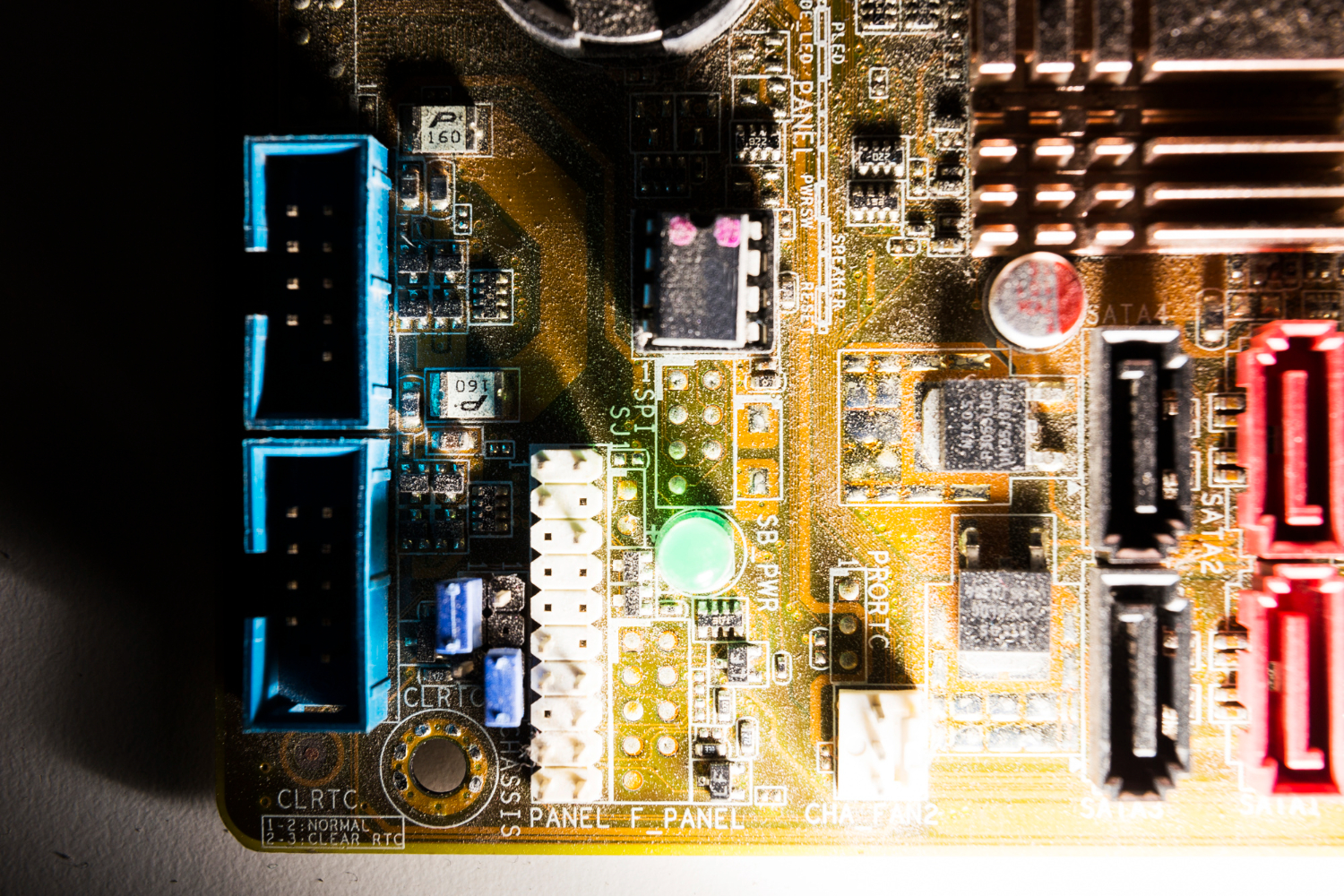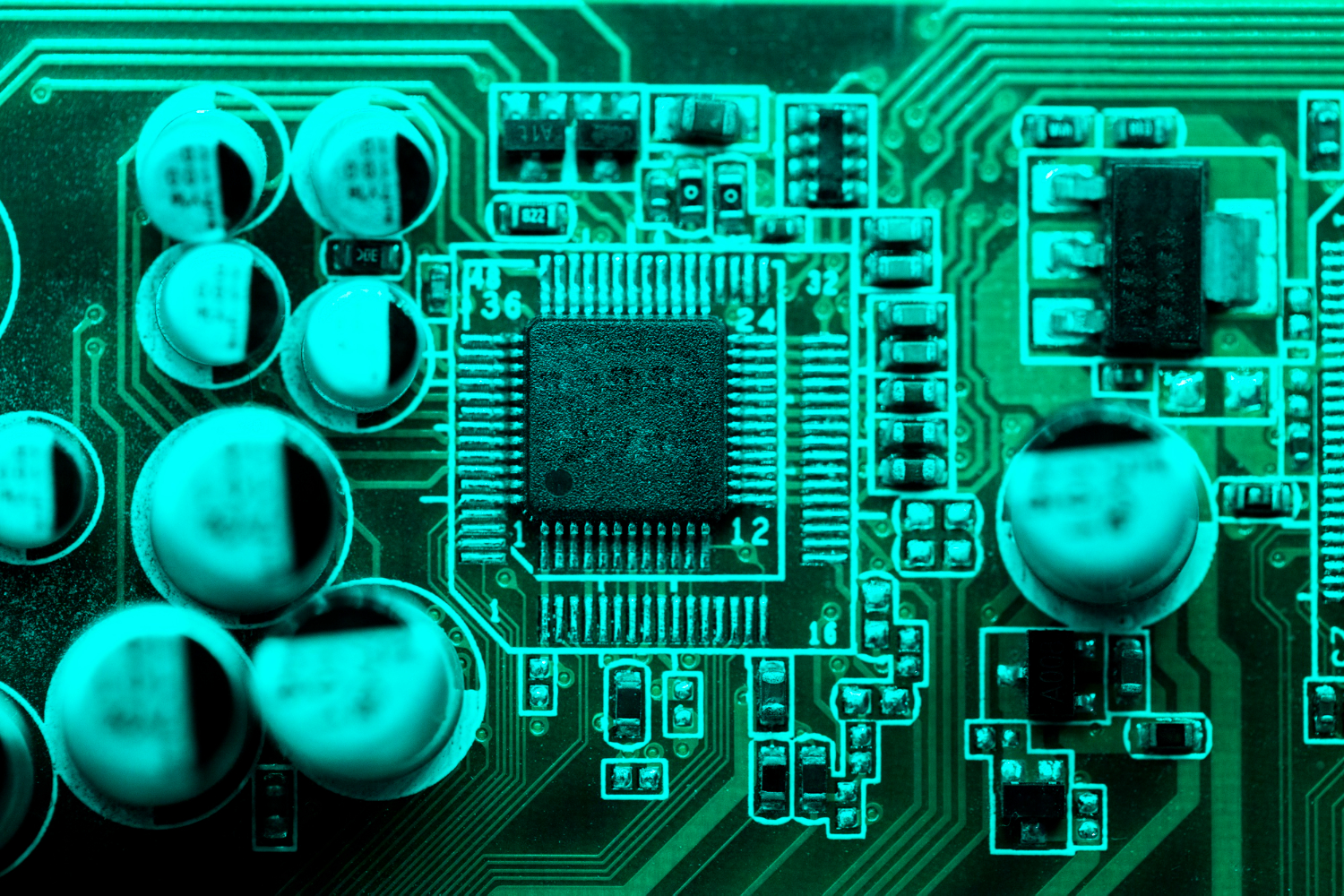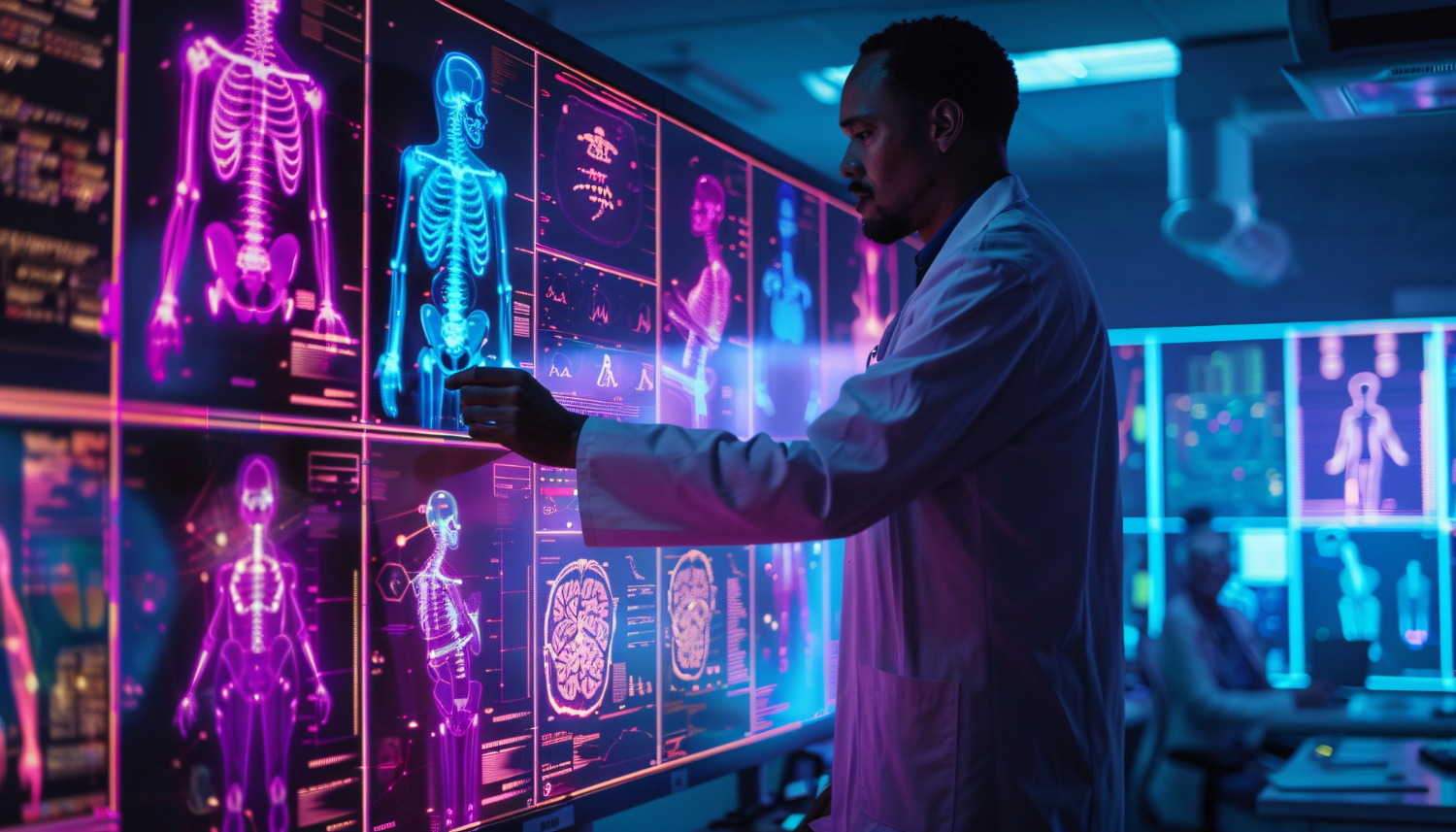Introduction: Biomechanics Today
The term ‘biomechanics’ is a complex word composed of the Greek words ‘βίος’, meaning ‘life’ and ‘μηχανή’, meaning machine/apparatus. It is the branch of biophysics studying the structure, function, and motion of the mechanical aspects of biological systems at any level, from whole organisms to organs, cells, and cell organelles, using the mechanics methods. There are so many commercial and hobbyist items out there, it is no wonder that biomechanics has been studied for centuries!
The History of Biomechanics
Early Days
The first known study of biomechanics was made by the man himself: Aristotle. In his book “De Motu Animalium” (On the Movement of Animals), he defined the bodies of animals as mechanical systems describing the actions of the muscles and subjecting them to geometric analysis for the first time. It is believed that Aristotle’s work led to the birth of kinesiology, establishing the foundations for spinal biomechanics. Followed by Archimedes, Leonardo da Vinci, Galileo, Newton, and Borelli, it is no wonder that biomechanics has evolved so much over time.
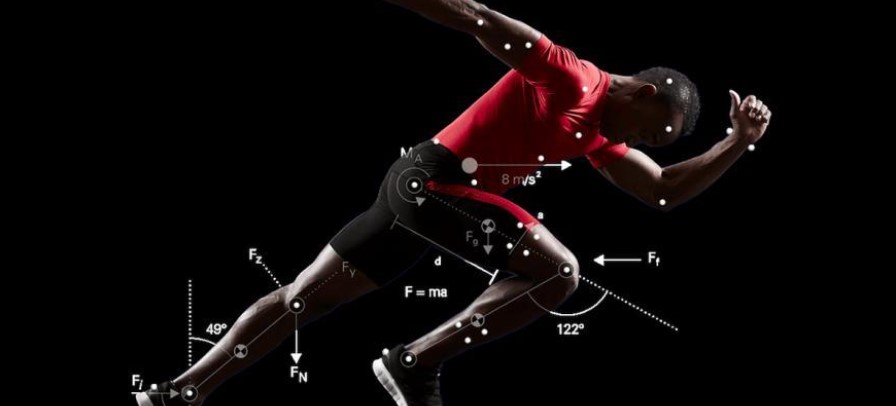
Today, biomechanics has evolved into a multibillion-dollar industry, with applications ranging from orthopaedics and gait analysis systems to hardware-software monitoring complexes for athletes, prosthetic limbs, and brain implants for lost motor control. The question is, ‘How can such systems be further improved?’ Keep scrolling to learn more about biomechanics’ fascinating applications, to check your knowledge, and to learn how AI is implemented in such systems to take them to a whole new level!
In my shoes
One of the most fundamental applications of biomechanics is the rehabilitation market. In fact, the data show that worldwide, the size of the rehabilitation equipment market was valued at 14.5 billion USD in 2022, with an anticipated annual growth rate of 4.9% until 2030 (Rehabilitation Equipment Market Size & Share Report, 2030, no date).
Orthopaedic cases are the most common type of inherited or acquired skeletal problem, but rehabilitation does not necessarily mean fixing a broken back, nor does it refer to physical therapy sessions. You have seen those anatomical insoles on the store shelves, right? Yes, they are good and all, but did you know that you can order custom-made ones tailored to your shoe and foot? A gait analysis can show all kinds of musculoskeletal problems, most of which are caused by improper walking. Through accurate 3D scanning, measurements of your foot are taken. After the foot is scanned, a GPU-accelerated algorithm is run to visualise the scan and make adjustments to achieve optimal results. The scan is then sent to a 3D printer, and a mould of your foot is created. Finally, the insole is made in this exact mould, and voila! You have your first orthotic!
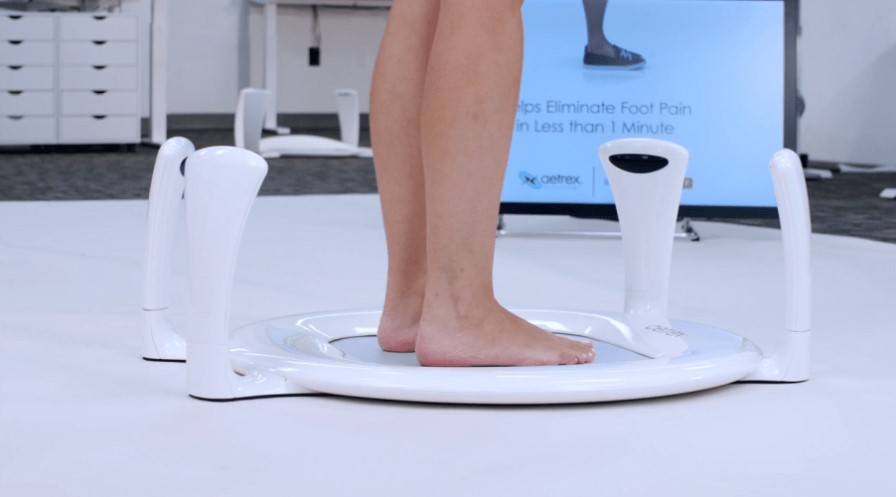
Creating metahumans!
My thought, my command
If you have watched the latest news, you have surely seen that Neuralink is in many headlines, and there is a reason behind that! Neuralink is the first company to implant a chip implant directly into the human brain. With individuals who have lost motor control in their upper extremities being the first candidates, the founder and visioner Elon Musk wanted to state they can use their mobile phones just by thought. How is this connected to rehabilitation, though? Well, we have already discussed orthotics. Let us now move on to the prosthetics!
Prosthetics are any artificial device that replaces a body part that is missing due to trauma, disease, or a condition present at birth. Some companies have developed all kinds of prosthetic limbs, some purely cosmetic. In contrast, others have pioneered the field by making high-end devices with titanium and carbon fibres. Focusing on the latter, their development is very similar to that of the insoles we mentioned earlier. The missing end part of the limb is scanned and a special socket is made. This socket is attached to the prosthetic limb, and with the use of electrodes, electric signals are reaching the prosthetic’s logic board, where they are translated into movements. Depending on the muscles we use, a prosthetic hand can perform a wave motion, a handshake, a pinch so that we can use a pair of keys to open the door, you name it! This tricks us into believing that we can control what the hand does just by thought. Can we, though? Of course not! There is no such thing as telepathy between man and machine. But wait… see where I am going? What would happen if the brain implant mentioned above could be used with such prosthetics? The answer is simple: It would unlock a new spectrum of possibilities, with the only limitation being the degrees of freedom of the prosthetic itself!
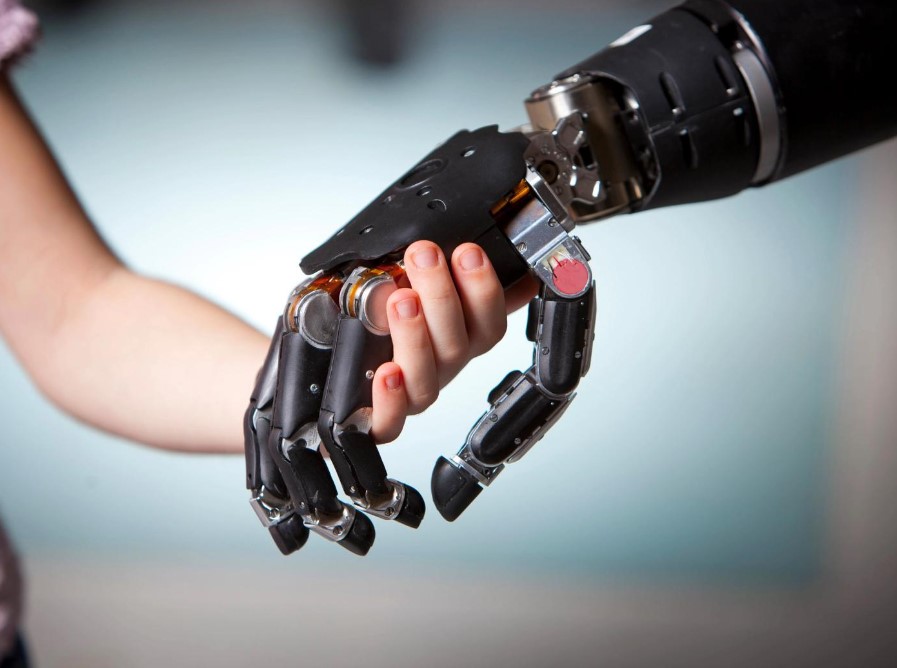
Fair play
Professional athletes are probably the professionals who receive the most pampering. Don’t get me wrong. Athletes, especially those who compete in the first category, need to perform to their full potential each day, always surpassing themselves and beating their personal records. In general, the performance of an athlete depends on two physical factors: Diet and training.
We are What we Eat
Ask anyone. It doesn’t matter how hard you train. If you do not feed properly, your body will betray you. Your muscles will feel cramps, your immune system will start to weaken, your stamina will decrease, recovery time will stretch, and most importantly, your brain relays will shut off. The 80-20 rule is not just a myth. Approximately 80% of athletic performance has been observed to be due to a proper diet, while only 20% is due to fitness. The world’s best athletes have entire teams of nutritionists who ensure that the necessary calories, fibres, carbohydrates, proteins and minerals are consumed each day and at the appropriate time. Generative AI can definitely help nutritionists by suggesting custom diet plans to meet the needs of athletes. Furthermore, combined with the Internet of Things (IoT), it can automatically source ingredients and supplements at the best price or the fastest delivery time and place an order. Now that is a win!
Going the Distance
Moving onto the second part, training is not just lifting weights, jumping higher, and building stamina. Surely, each sport has its tricks and techniques, but some things always stay the same: performance improvement through proper monitoring and recovery. An athlete can only do this much without his team of trainers. Modern training programs include performance analysis through Computer Vision (CV), which consists of time performance, real-time musculoskeletal monitoring, muscle strain, posture, and blood pressure. This way, they can know exactly what their champion needs to change in their technique for maximum performance. And, of course, no exercise is complete without recovery. An intense workout that has been stopped suddenly instead of gradually will surely lead to soreness and decreased performance, which in turn might lead to possible injuries, especially in the joints. It is known that many athletes prefer to train in remote areas to increase their focus by limiting distractions. You will think now, ‘but how can their trainers monitor them in remote areas?’ The answer is ‘edge computing’. A portable, localised AI infrastructure that can analyse massive amounts of data to derive the most is not so difficult to create. Technology does not need to be our ally only in urban areas!
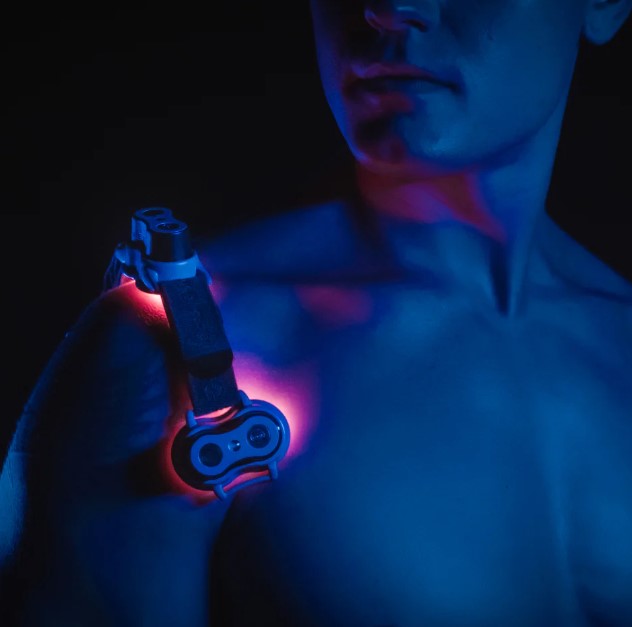
Fortunately, some companies can take care of joint pain with the help of technology. Kineon is a technology company that innovates light therapy devices and provides clinical-level treatments in the comfort of your home. Their device, the MOVE+ Pro is a safe, non-invasive, and enhanced light therapy device. The MOVE+ Pro uses Near Infrared (NIR) red light to reduce inflammation, boost healing and recovery, and even boost collagen production in your joints. It comes in a travel case to carry it wherever you need, 3 LED laser modules, 1 adjustable strap, and a charging cable. You can click here to visit their shop and order yours now. The best part is that you have a 30-day trial to evaluate whether it suits your needs. And if you live in a remote area, don’t worry. Kineon is so proud of its products that they ship worldwide!
Summing Up
AI is a powerful ally in the field of biomechanics and rehabilitation. It can make you orthotics, monitor your performance, create a diet plan, it can even help you move things with your mind! There is no doubt that AI can do wonders. It is time to embrace a powerful ally.
What We Offer
At TechnoLynx, we specialise in delivering custom, innovative tech solutions tailored to any challenge because we understand the benefits of integrating AI into biomechanis and rehabilitation applications. Our expertise covers improving AI capabilities, ensuring safety in human-machine interactions, managing and analysing extensive data sets, and addressing ethical considerations.
We offer precise software solutions designed to empower AI-driven algorithms in various industries. Our commitment to innovation drives us to adapt to the ever-evolving AI landscape. We provide cutting-edge solutions that increase efficiency, accuracy, and productivity. Feel free to contact us. We will be more than happy to answer any questions!
List of references
- Istology (2018) Laboratory of Biomechanics, Department of Physical Education & Sport Science Aristotle University Of Thessaloniki.
- Modular Prosthetic Limb - ROBOTS: Your Guide to the World of Robotics (no date) (Accessed: 3 February 2024).
- Red Light Therapy Science (no date) Kineon (Accessed: 25 January 2024).
- Rehabilitation Equipment Market Size & Share Report, 2030 (no date) (Accessed: 3 February 2024).
- Taylor, G. (2020) ‘How Aetrex’s New In-Store 3D Foot Scanner Aims to Bridge Shopping Channels’, Sourcing Journal, 28 October.(Accessed: 3 February 2024).

